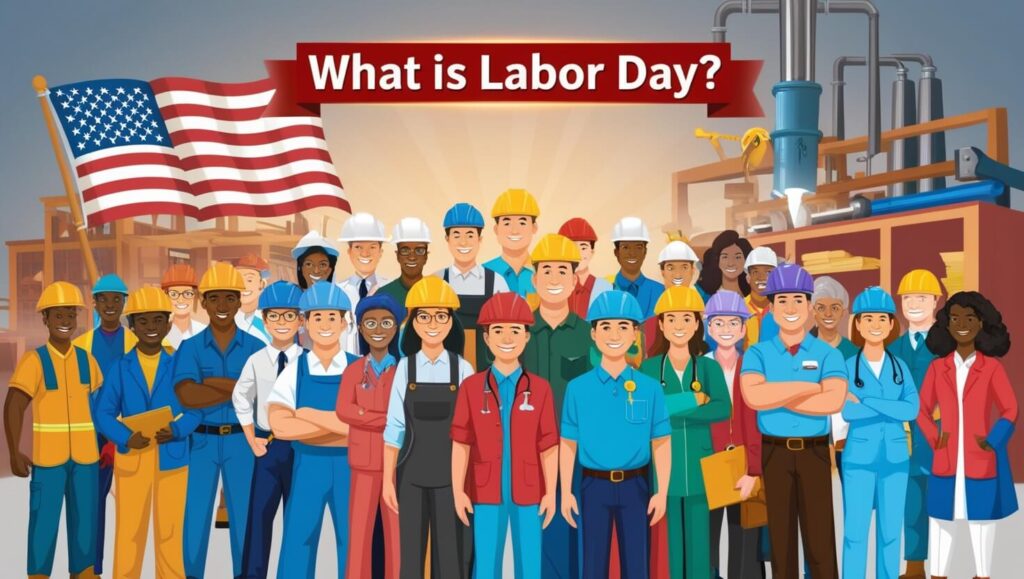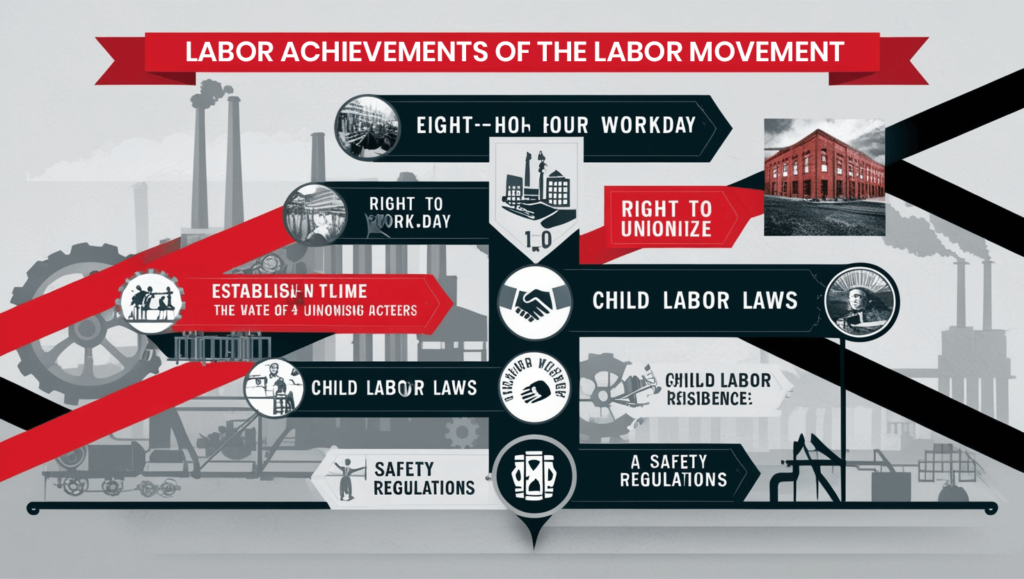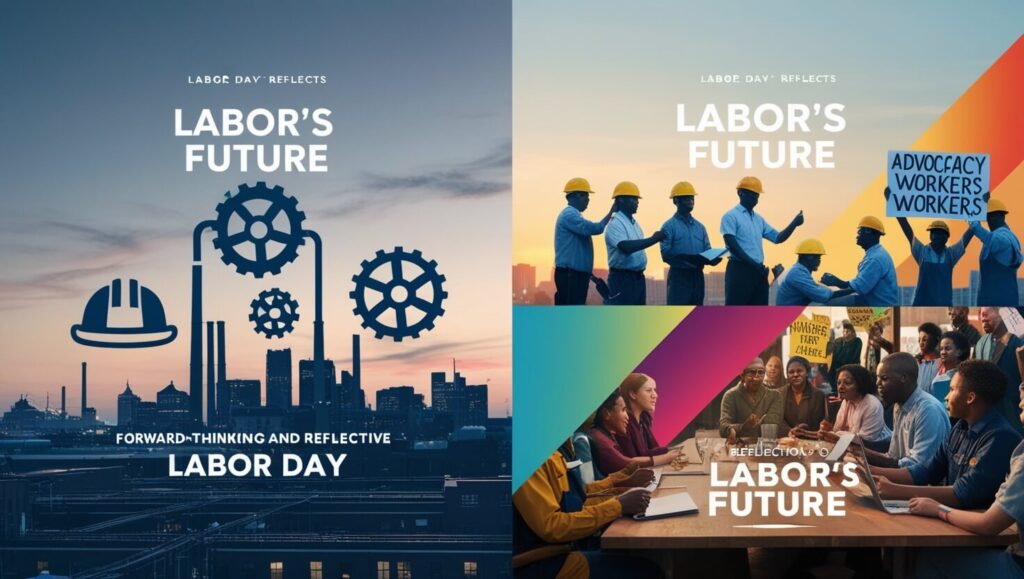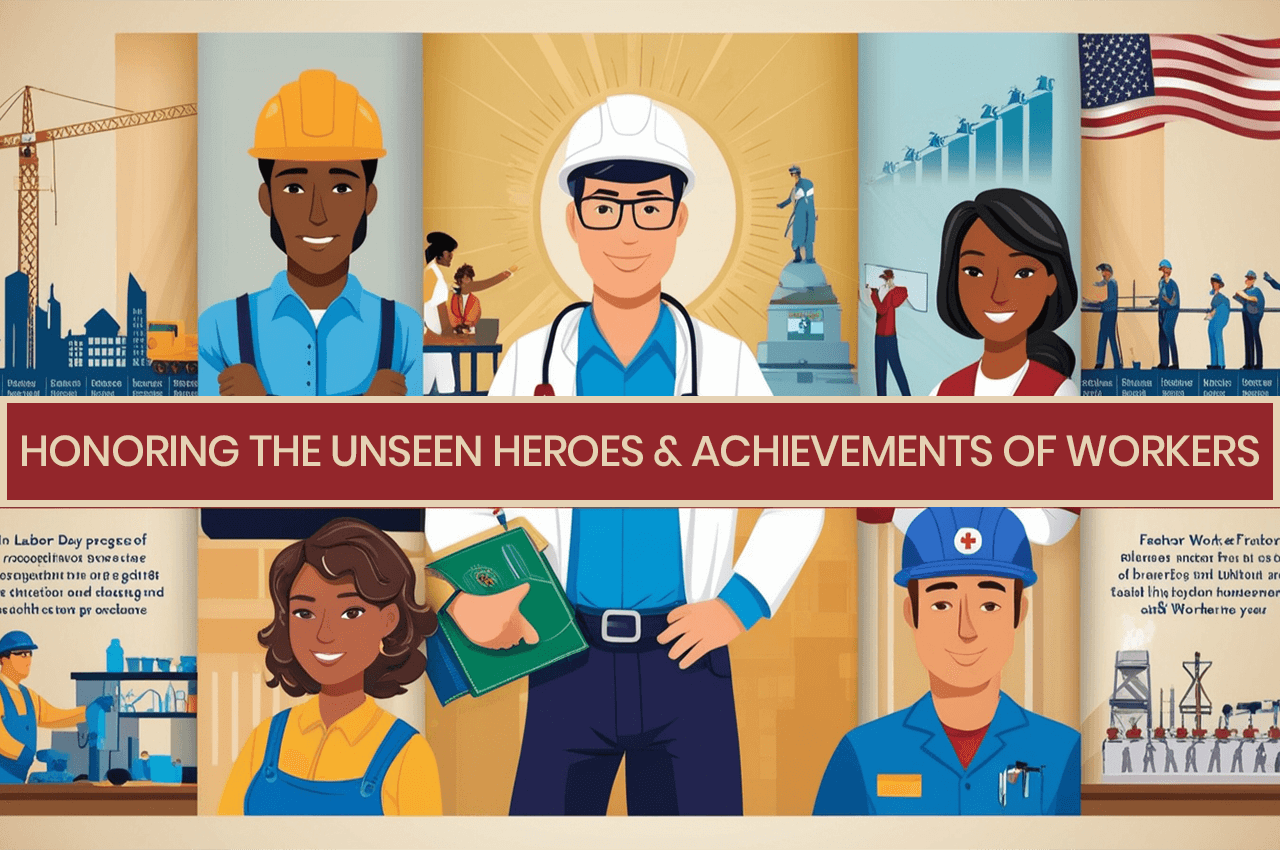Labor Day, celebrated on the first Monday of September in the United States, is more than just a long weekend celebrating the end of summer. It is a day dedicated to realizing the tireless efforts and invaluable contributions of workers who form the backbone of our society. While many of us enjoy barbecues, parades, and family gatherings, it is essential to reflect on the history, significance, and achievements that this day symbolizes.
The History of Labor Day
It was established as a national holiday in 1894, following years of unrest and protests by American workers who sought better working conditions, fair wages, and reasonable working hours. The labor movement, characterized by organized strikes and negotiations, played a pivotal role in achieving fundamental workers’ rights that we often take for granted today.
| Year | Event | Significance |
|---|---|---|
| 1882 | First Labor Day Parade in New York City | Marked the first celebration of Labor Day by the Central Labor Union. |
| 1894 | Labor Day becomes a federal holiday | Official recognition of the labor movement’s contributions and struggles. |
| 1916 | The Adamson Act was passed | Which established the eight-hour workday for railroad workers, paving the way for broader labor reforms. |
| 1938 | Fair Labor Standards Act (FLSA) enacted | Set minimum wage, overtime pay, and child labor laws. |
What is Labor Day?

Labor Day is a public holiday in the United States and Canada, celebrated on the first Monday of September. It honors and recognizes the American labor movement and the works and contributions of laborers to the development and achievements of the country. For more information visit the website.
Historical Background
- Labor Day was created by the labor movement in the late 19th century to recognize the social and economic achievements of American workers.
- The first Labor Day was celebrated on September 5, 1882, in New York City by the Central Labor Union.
- In 1894, following the Pullman Strike—an event marked by violence between labor protesters and federal troops—President Grover Cleveland made Labor Day a national holiday to promote reconciliation with the labor movement.
Significance
- Labor Day serves as a tribute to the contributions and achievements of the American workforce.
- It marks a celebration of the labor union movement, which fought for the rights of workers, such as fair wages, reasonable working hours, and safer working conditions.
- It is also seen as the unofficial end of summer in the United States, often associated with barbecues, parades, and other leisure activities.
Labor Day Traditions
- Parades: Many cities host parades to commemorate the labor movement’s contributions.
- Family Gatherings and Barbecues: It is a popular day for family gatherings, picnics, and barbecues.
- Retail Sales: Labor Day weekend is one of the busiest shopping periods of the year in the U.S., with many stores offering significant discounts.
- Sports Events: Major sporting events, such as college football games, often coincide with Labor Day celebrations.
Reflection on Workers’ Rights
- While Labor Day is often seen as a time for relaxation and celebration, it is also a day for reflection on the rights and conditions of workers.
- It serves as a reminder of the progress made in labor laws and the ongoing need to advocate for fair and safe working conditions.
Global Observance
- While Labor Day is primarily observed in the United States and Canada, many countries around the world celebrate International Workers’ Day or “May Day” on May 1st to honor workers and the labor movement.

The labor movement has achieved numerous milestones that have significantly improved the lives of workers across the nation. Here are some key achievements:
Establishment of the Eight-Hour Workday: The relentless efforts of labor unions and activists led to the standardization of the eight-hour workday, which helped improve the work-life balance for countless employees.
Improved Working Conditions: The fight for safer workplaces resulted in regulations that protect workers from hazardous environments, ensuring that companies adhere to safety standards.
Fair Wages and Benefits: Through collective bargaining, labor unions have secured fair wages, health insurance, pensions, and other benefits for workers, improving their overall quality of life.
Protection Against Child Labor: The labor movement was instrumental in advocating against child labor, leading to laws that protect minors from exploitation and ensure their right to education.
Workers’ Rights and Protections: Laws like the Fair Labor Standards Act (FLSA) have provided fundamental protections, such as minimum wage, overtime pay, and the right to a safe working environment.
While Labor Day often brings to mind images of factory workers and miners, the term “unseen heroes” encompasses a much broader spectrum of the workforce. These include:
- Healthcare Workers: Nurses, doctors, and support staff who work tirelessly to keep us healthy and care for us in times of need.
- Educators: Teachers and professors who dedicate their lives to educating future generations.
- Public Service Workers: Firefighters, police officers, and other public servants who ensure our safety and uphold our communities’ integrity.
- Agricultural Workers: Farmers and labourers who toil day and night to provide the food we eat every day.
- Logistics and Delivery Workers: Truck drivers, warehouse workers, and delivery personnel who keep goods moving, especially highlighted during the COVID-19 pandemic.
Despite the progress made, the struggle for fair labor practices is ongoing and urgent. Issues such as wage disparity, workplace harassment, and inadequate health benefits remain prevalent. The rise of the gig economy has introduced new challenges, with many workers facing job insecurity, lack of benefits, and inadequate protection under labor laws.
Key Points to Remember
- Labor Day is a celebration of the achievements of workers and the labor movement, not just a day off work.
- The history of Labor Day is rooted in the struggle for fair labor practices, which brought about significant improvements in working conditions and workers’ rights.
- The term “unseen heroes” represents a broad array of workers, including healthcare professionals, educators, public servants, agricultural workers, and those in logistics, who contribute to society’s functioning every day.
- Despite progress, there are still many challenges facing the workforce today, including job security, fair wages, and adequate working conditions, especially in emerging industries.

As we celebrate Labor Day, it is vital to not only honor the achievements of past labor movements but also to recognize the ongoing struggles. We must advocate for the rights of all workers, whether through policy changes, unionization efforts, or public awareness campaigns. There is still much work to be done, and our actions can ensure fair treatment and equity for every worker.
Labor Day serves as a reminder that the fight for justice in the workplace is far from over and that every individual, regardless of their profession or position, deserves respect, fair compensation, and a safe working environment. As we honour the unseen heroes who continue to build, teach, heal, and protect, we are called to ensure that their contributions are never forgotten and that their rights are always upheld.
If you want to learn more articles on topics you are interested in, you can visit our website. https://dailyexploreusa.com/
What is Labor Day?
Labor Day is a public holiday in the United States and Canada that celebrates the achievements and contributions of workers and the labor movement. It is observed on the first Monday of September each year.
Why do we celebrate Labor Day?
Labor Day is celebrated to honour the American workforce’s social and economic achievements and recognise the efforts of workers who have contributed to the country’s development. It also marks the labor movement’s historical struggles for workers’ rights, including fair wages, reasonable hours, and safe working conditions.
When was the first Labor Day celebrated?
The first Labor Day was celebrated on September 5, 1882, in New York City by the Central Labor Union. It became a federal holiday in the United States in 1894.
How did Labor Day become a federal holiday?
Labor Day became a federal holiday in 1894 when President Grover Cleveland signed it into law. This followed the Pullman Strike, a nationwide railroad strike that resulted in violent clashes between labor protesters and federal troops. The holiday was established to promote reconciliation with the labor movement.
What are some common Labor Day traditions?
Common Labor Day traditions include:
- Parades to celebrate the contributions of workers and the labor movement.
- Family gatherings, barbecues, and picnics.
- Retail sales and shopping, as many stores offer discounts during Labor Day weekend.
- Sports events, such as college football games.
How is Labor Day different from International Workers’ Day (May Day)?
Labor Day in the United States and Canada is observed on the first Monday of September. In contrast, International Workers’ Day, or May Day, is celebrated on May 1st in many other countries to honour workers and the labour movement. Both holidays recognise the importance of workers but are celebrated on different dates and have distinct historical origins.
Is Labor Day celebrated worldwide?
Labor Day, as observed on the first Monday in September, is primarily celebrated in the United States and Canada. However, many countries around the world celebrate International Workers’ Day, or May Day, on May 1st to honour the contributions of workers globally.
Are businesses and schools closed on Labor Day?
Most businesses, including government offices, schools, and banks, are closed on Labor Day to allow employees to enjoy a day off and participate in celebrations and events. However, many retail stores remain open, often with special sales.
What is the significance of Labor Day in the context of workers’ rights today?
Labor Day continues to serve as a reminder of the progress made in securing workers’ rights and the ongoing need to address issues such as wage inequality, job security, and fair working conditions. It is a day to reflect on the past achievements of the labor movement and consider the future of workers’ rights.

